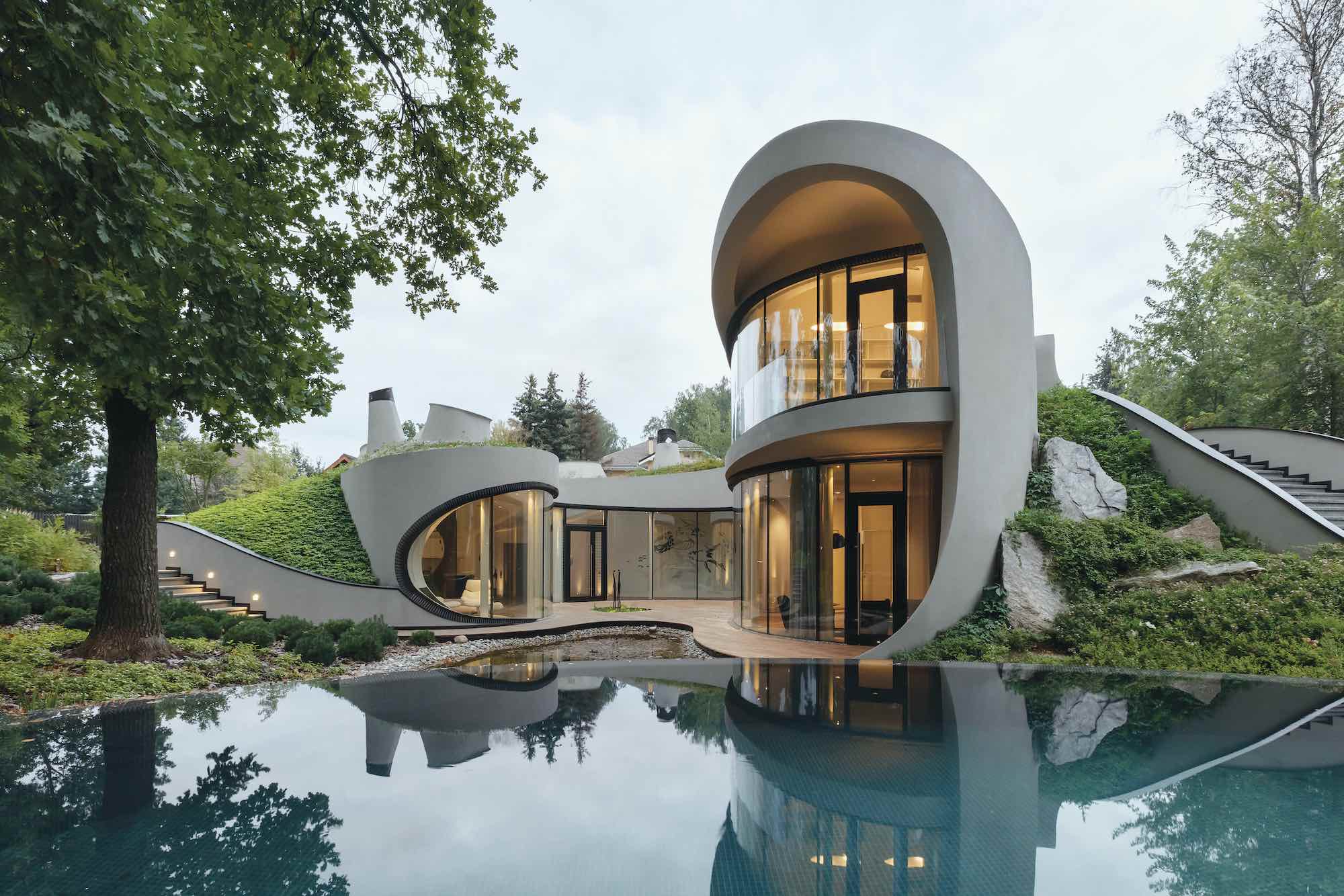I remember asking the owner, “How did you even come up with this?” That’s when I first heard the term organic architecture. He explained that it’s about designing buildings that work with their environment, not against it. It’s about using local materials, maximizing natural light, and letting the landscape shape the structure instead of bulldozing it flat.
Honestly, I was hooked. I started reading everything I could about the concept, and it completely changed how I looked at buildings—even the boring ones in my own neighborhood.
My First Attempt: Trying (and Failing) to Bring Nature Indoors
Inspired by that trip, I got a little ambitious. I decided to “go organic” with my own apartment. Now, I didn’t have a rice field outside my window, but I figured I could at least bring in some natural elements. I bought a bunch of indoor plants, swapped out my old curtains for bamboo blinds, and even tried making a little pebble garden in the corner of my living room.
Let me tell you, it was a hot mess at first. The plants kept dying (turns out, you can overwater succulents), the pebbles got everywhere, and the bamboo blinds let in way too much light at 6 a.m. I was frustrated. For a while, I thought maybe organic architecture was only for people with fancy architects and big budgets.
But then I realized, it’s about working with what you have. I learned to pick the right plants for my space (snake plants are basically indestructible), added a small water feature for some calming vibes, and rearranged my furniture to make better use of the natural light. It wasn’t perfect, but my apartment started to feel more peaceful, more alive.
Lessons Learned: Nature is the Best Designer
One thing I’ve learned—nature knows what it’s doing. The more I tried to force things to look a certain way, the less comfortable my space felt. But when I let things flow a little, like letting vines grow across my bookshelf or leaving a corner open for sunlight, everything just… worked.
I started paying attention to how natural materials affect mood. Wood feels warm and inviting, stone is grounding, and big windows with a view of trees? Instant stress relief. Even my friends noticed the difference. They’d come over and say, “Man, your place just feels good.” That’s the magic of organic architecture—it’s not just about looks, but how a space makes you feel.
Practical Tips for Anyone Wanting to Try Organic Architecture
Alright, if you’re thinking about giving organic architecture a shot, here are some things I wish I’d known:
- Start Small: You don’t need to rebuild your house. Even adding a few natural materials or rearranging your furniture to catch more sunlight makes a huge difference.
- Use Local Materials: Not only is it more sustainable, but it often looks better because it fits with your environment. Try wood, bamboo, rattan, or stone that’s common in your area.
- Let Light In: Maximize natural light wherever possible. If you can’t add windows, use mirrors to bounce light around.
- Embrace Imperfection: Nature isn’t perfect, and your space doesn’t have to be either. Let things age, let plants grow wild, and don’t stress about every little detail.
- Work with the Landscape: If you’re lucky enough to be building from scratch, design around what’s already there. Trees, hills, even rocks can become features instead of obstacles.
Mistakes and Triumphs: My Ongoing Journey
Not everything I’ve tried has worked out. I once built a little outdoor seating area using reclaimed wood, only to find out later that termites also love organic materials. Oops! But hey, you live and learn. Now I treat the wood and keep an eye out for bugs.
On the flip side, one of my biggest wins was turning an unused balcony into a mini urban jungle. I used vertical planters, hung some wind chimes, and put down a simple bamboo mat. Now, it’s my favorite spot to read or just chill after a long day. Sometimes, neighbors ask for tips, and it feels good to share what I’ve learned (and what I’ve messed up).
Why Organic Architecture Matters (Especially in Indonesia)
Living in Indonesia, we’re surrounded by natural beauty—mountains, forests, beaches. But so many modern buildings shut all that out with concrete and glass. Organic architecture is a way to reconnect with our roots, literally and figuratively. It’s about respecting the land, using resources wisely, and creating spaces that make us feel at home in the world.
Plus, with the climate getting hotter and cities getting busier, designing with nature isn’t just a trend—it’s a necessity. Buildings that breathe, stay cool naturally, and let in fresh air are healthier for us and the planet.
Final Thoughts: Keep Experimenting, Keep Learning
I’m still learning every day. Sometimes I get it right, sometimes I totally mess up. But that’s part of the latoto journey. Organic architecture isn’t about following rules—it’s about paying attention, being creative, and letting nature be your guide.
So if you’re thinking about making your home or office a little more “organic,” go for it! Start small, experiment, and don’t be afraid to make mistakes. You might just find that the best designer is the world outside your window.


